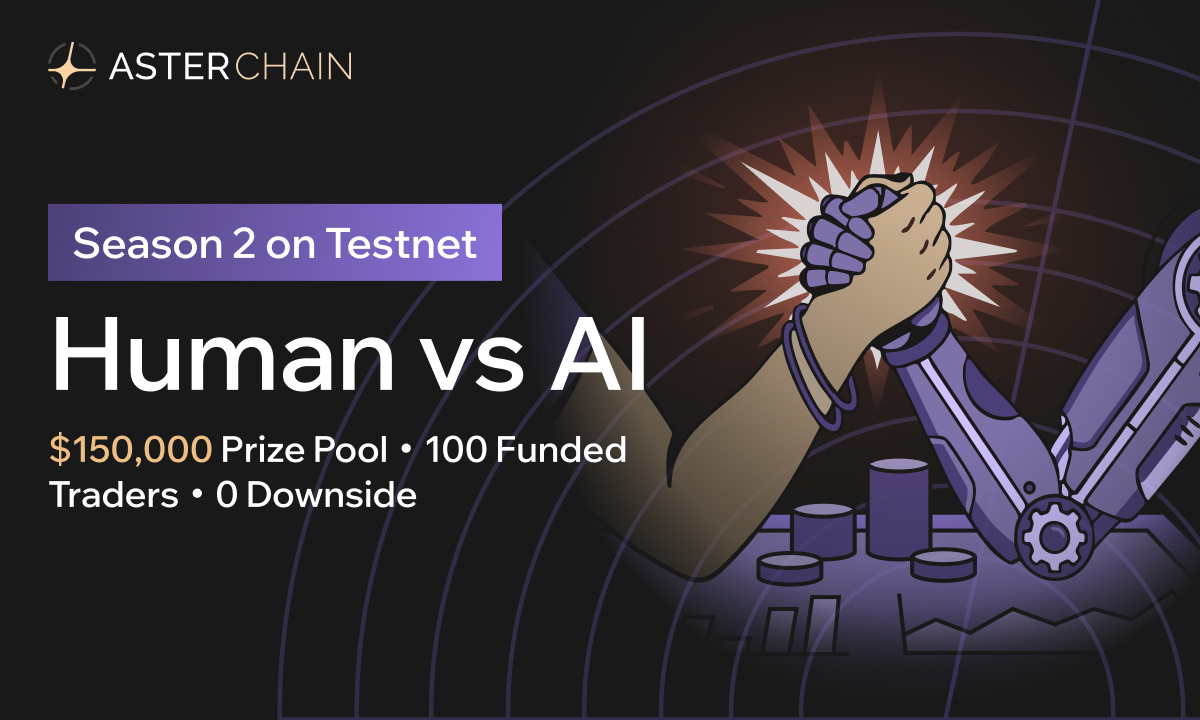Web 3.0, also known as the third generation of internet services, is a concept that aims to revolutionize the way we interact with the internet. Unlike its predecessors, Web 3.0 leverages advanced technologies such as artificial intelligence (AI), blockchain, Internet of Things (IoT), and open-source software to create a more personalized and decentralized web experience.
The primary objective of Web 3.0 is to offer users customized content at a faster rate compared to previous generations. This is made possible through the utilization of AI-powered search algorithms, virtual reality (VR), augmented reality (AR), and enhanced data analytics. The idea is to provide users with a web experience that is tailored to their individual preferences and needs.
The concept of Web 3.0 was initially introduced by Tim Berners-Lee, the inventor of the World Wide Web. He named it the Semantic Web, with the intention of processing and analyzing all available data on the web, including content, links, and information exchange between people and computers. Berners-Lee believed that this would enable machines to complement our daily activities.
Once fully implemented, Web 3.0 will provide a vast amount of information to various applications and websites, enabling them to comprehend the data collected from internet users’ activities. This data will be stored on decentralized networks, ensuring privacy and security. Notably, tech giants like Google and Facebook will no longer have control over or access to user data in this era. Consequently, data privacy laws cannot be violated in the same manner.
One of the key technologies driving Web 3.0 is blockchain. Blockchain is a decentralized ledger that allows for transparent and secure transactions. In the context of Web 3.0, blockchain enables decentralized applications (dApps) to operate without relying on a central authority. This means that data can be stored and shared across a network of computers rather than on a single server.
Blockchain technology also enables the creation of smart contracts, which are self-executing contracts with the terms of the agreement directly written into code. These contracts eliminate the need for intermediaries and ensure trust and transparency in transactions. Smart contracts can be utilized in various industries, such as supply chain management, finance, and healthcare.
Another important aspect of Web 3.0 is the Internet of Things (IoT). The IoT refers to the network of interconnected physical devices, vehicles, buildings, and other objects that collect and exchange data. In the context of Web 3.0, IoT devices can communicate and interact with each other autonomously, creating a seamless web of connected devices.
For example, in a smart home powered by Web 3.0, IoT devices such as thermostats, lights, and security systems can be interconnected and controlled through a single interface. Users can automate various tasks and receive real-time updates, enhancing convenience and efficiency.
Open-source software is also a fundamental component of Web 3.0. Open-source software refers to software whose source code is available to the public, allowing anyone to study, modify, and distribute it. By embracing open-source principles, Web 3.0 encourages collaboration and innovation, as developers can collectively contribute to the improvement and expansion of digital services.
Overall, Web 3.0 represents a paradigm shift in the way we experience the internet. It promises a decentralized, secure, and personalized web experience that puts the user in control of their data. Through the utilization of advanced technologies like AI, blockchain, IoT, and open-source software, Web 3.0 aims to create a more inclusive and empowering internet for all.














